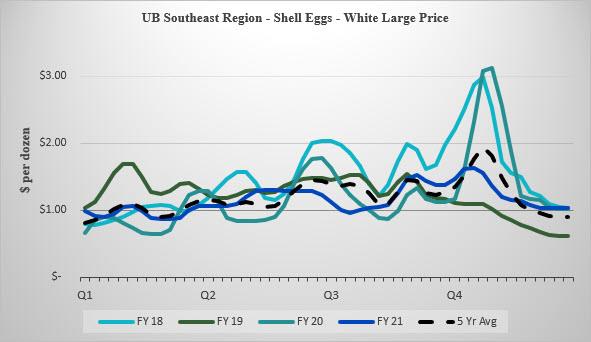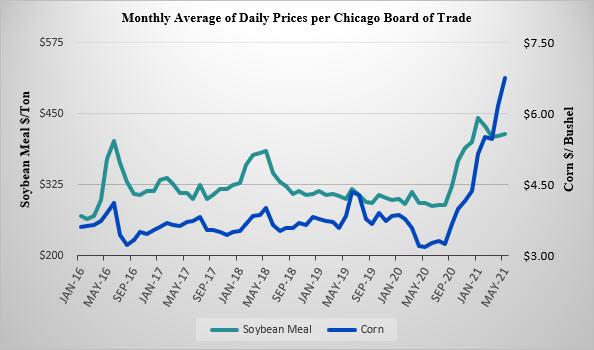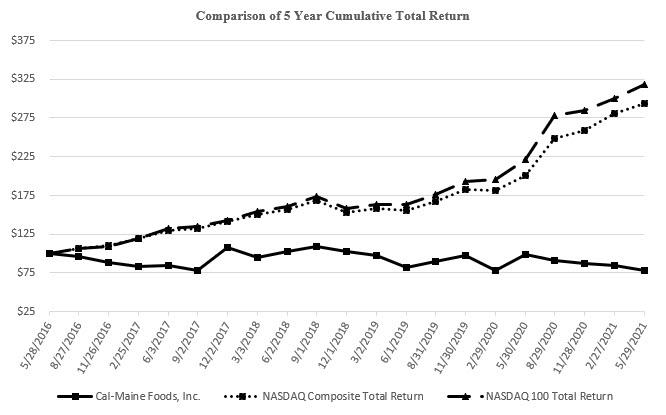Free signup for more
- Track your favorite companies
- Receive email alerts for new filings
- Personalized dashboard of news and more
- Access all data and search results
Content analysis
?| Positive | ||
| Negative | ||
| Uncertain | ||
| Constraining | ||
| Legalese | ||
| Litigous | ||
| Readability |
6th grade V good
|
|
New words:
ACA, accident, Accum, attached, barn, BofA, Bogata, bushel, Camille, Castleberry, CBOT, channel, citizenship, colleague, color, Comp, discrimination, donating, duly, eat, equitably, equivalent, ethnic, forklift, formatted, frequency, genetic, harassment, herewith, horizontally, Hudson, hunger, inapplicable, inflation, Inline, IRi, job, lbs, Letitia, Max, Maxim, mental, mentoring, Michael, Miller, Notably, omitted, onset, Ordinarily, page, peril, phase, physical, procure, profile, quickly, race, racial, raw, religion, resource, Retaliation, Ridgeland, roam, Runner, sex, shock, sophisticated, spend, spending, staffing, Steve, stewardship, subsided, Swingline, thereunto, ton, Trainee, training, undersigned, Underwriting, unstable, unsure, veteran, voluntary, Weak, Women, worker, XBRL, Young
Removed:
absolute, acceptance, accordion, accurately, achieve, acting, active, Administration, advertising, advice, AEP, affiliated, aged, agency, agree, agriculture, AI, aimed, allege, announced, anticipate, antitrust, apply, approval, arrangement, assessing, assist, assume, ASU, attacking, attainment, attention, attracting, authority, auto, automatically, aware, baby, bankruptcy, Barry, belief, Blackshear, blended, borrowing, Box, branded, breach, breeder, broad, brown, build, cage, calculated, calculation, call, called, capitalize, caption, carefully, carried, carry, catastrophic, categorize, cautioned, central, certainty, characterized, chattel, chick, chicken, children, cholesterol, claim, claimed, closely, collected, collectively, column, combined, committee, comparability, comparing, comparison, concentration, condensed, conduct, conducted, confidence, conjunction, consent, conservatorship, consideration, consistently, consisting, constant, constitute, construct, contamination, continuation, contracted, controlled, convenience, converted, convertible, converting, cooked, country, coverage, criteria, custodianship, cyclicality, damaged, decide, deem, deliver, delivered, demolition, Depreciable, derivative, design, detail, determinable, determining, developed, direction, disbursement, disclaim, discourage, discretion, discussed, dismissed, dismissing, disruption, dissolution, distributed, divert, dividing, domestically, drop, drought, Drug, earned, easily, effected, efficiency, electronically, element, eligibility, eligible, encourage, enhanced, enhancing, enter, environment, EPA, error, Ethical, evaluate, examining, exceed, exclusive, exempt, exert, exist, expansion, expect, expensive, exposing, extend, extended, extent, face, factor, fail, fairly, FASB, fast, favorable, FDIC, feature, fed, federally, filer, fixed, fleet, fluctuating, framework, franchise, fully, fundamental, funding, furnish, gather, geared, generation, geographic, geopolitical, governance, governing, grandchildren, graph, greatly, guardianship, half, handling, hard, harmful, hatch, hatching, hedge, hold, holder, Humane, identical, identifiable, identified, impair, impaired, implementing, improve, inability, inadvertent, inadvertently, incurrence, independently, indirect, influence, influenza, inherently, injunctive, inspection, integrated, intellectual, intensely, intent, intentional, interbank, interfere, inventory, Investor, involve, involving, issuable, Jackson, January, jointly, Jurisdiction, jury, knowledge, knowledgeable, leasing, length, lieu, lifetime, light, likelihood, limit, limitation, line, listing, LOC, lockbox, London, maintenance, male, managing, manufacture, manufacturing, manure, Meadow, measure, measured, mechanically, microbial, Mine, minimal, misstatement, model, modern, monetary, month, motion, moved, movement, Nestle, nomination, nonfinancial, Northern, nutritionally, obsolescence, Occupational, offered, office, older, option, orderly, organic, Organization, original, outsourced, Oversight, package, paper, partially, participation, party, passed, payroll, peer, Pennsylvania, People, perfected, periodic, perishable, permanent, permit, permitting, personnel, pertain, Peterson, planning, polluted, positively, postretirement, pound, practice, predominantly, preemptive, premium, prepay, prepayment, prime, profitable, program, promissory, promoting, promptly, protect, prove, publicly, published, purpose, quantity, ranged, read, realizable, rebounded, receiving, recently, reclassified, recognition, recurring, redistributed, reevaluate, referred, reflected, reflecting, reform, refrigerated, refusal, region, regular, regulatory, reinvested, reissuance, reliance, remanded, repurchase, reserve, residual, respond, responsibility, restaurant, restriction, retain, retire, return, returned, reuse, revaluation, review, revocable, role, routinely, satisfactory, school, scientific, scrutiny, secured, sensitive, separable, served, serving, settled, shareholder, Shipment, single, small, smaller, smooth, Society, software, source, sourcing, southeast, space, Sponsoring, spouse, spring, standard, storage, subdivided, submitted, subscription, substantially, suit, summarized, Sunny, sunset, supervision, Supplementary, support, supported, susceptible, sustain, system, temporary, testing, Thanksgiving, theft, trademark, Transferee, transparency, transportation, treated, trend, turn, twelve, typical, UB, ultimate, unasserted, unaudited, understand, understanding, undiscounted, undue, unfunded, unknown, Unobservable, unpredictable, unrelated, unresolved, unsolicited, Urner, USA, utilize, valuation, variable, variety, vary, vest, vigorously, violation, virtually, voted, Waelder, warehouse
Filing tables
Filing exhibits
Related press release
CALM similar filings
Filing view
External links


